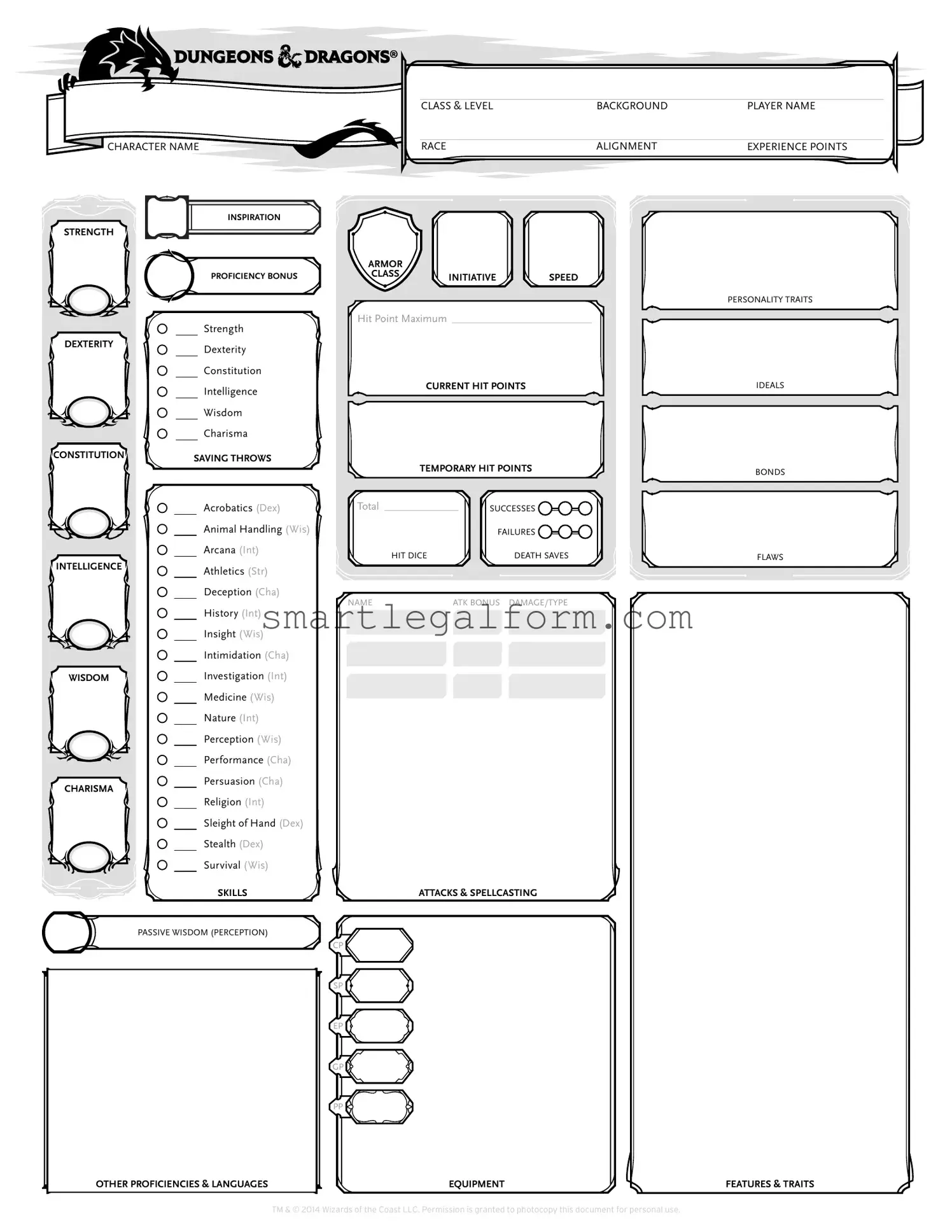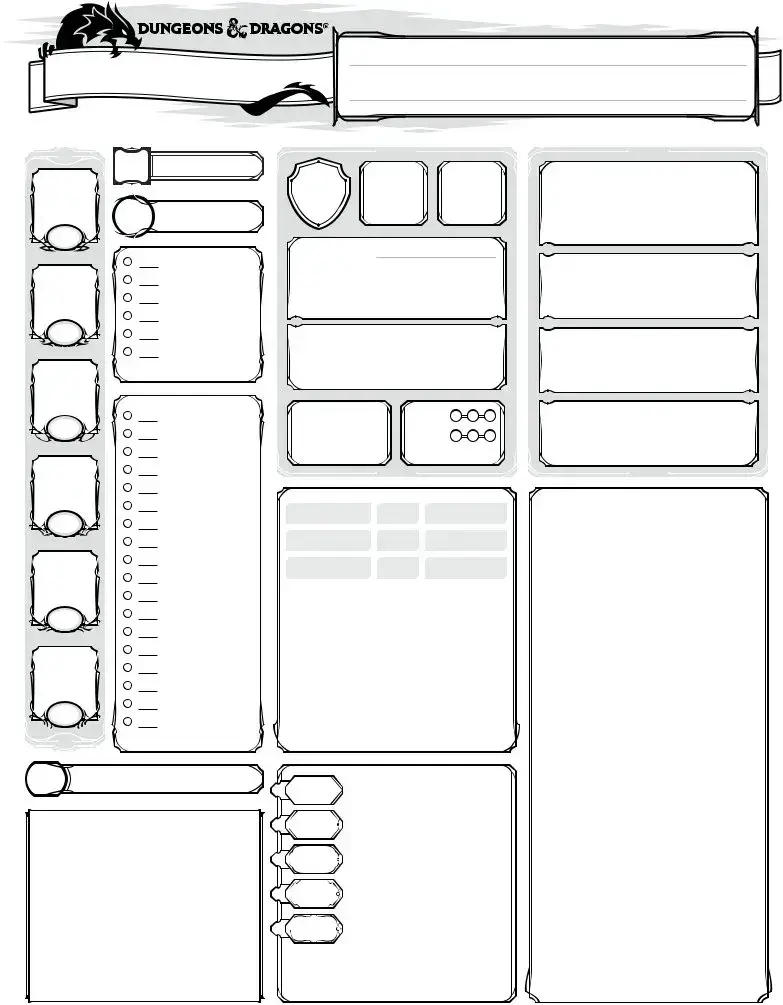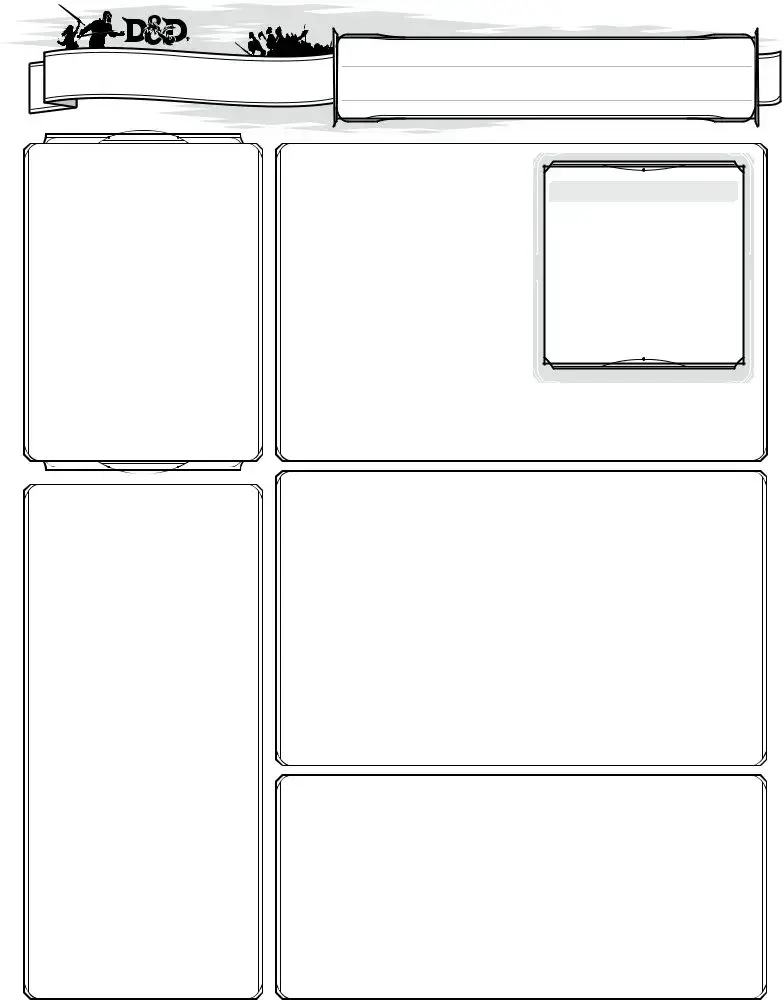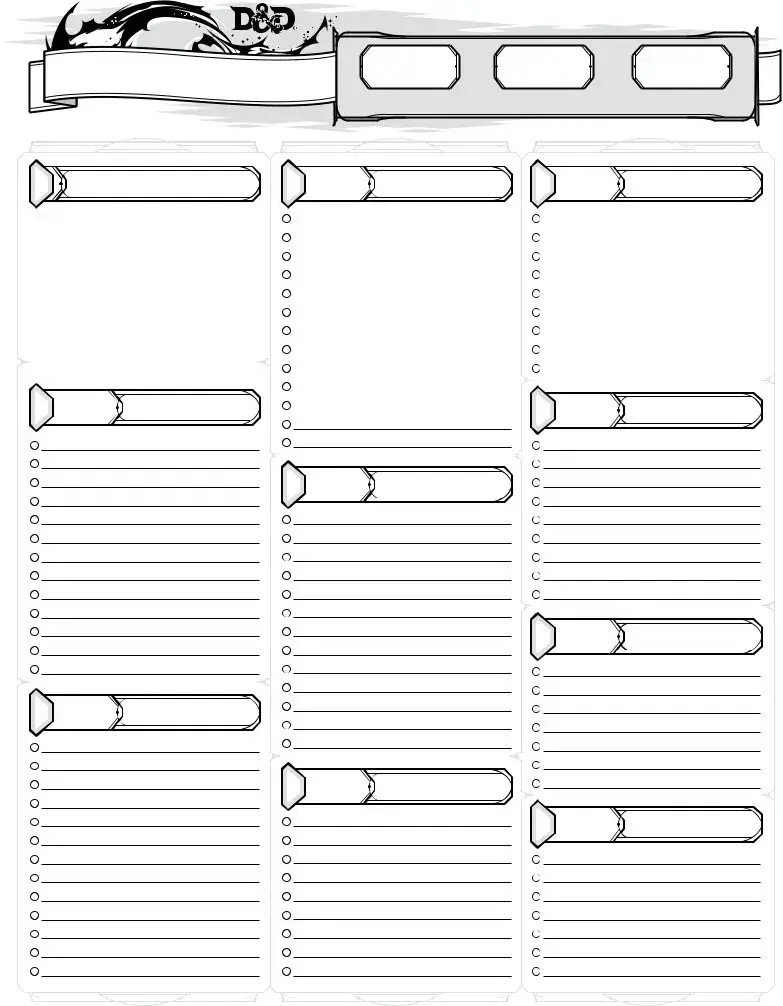Filling out a Dungeons & Dragons (D&D) character sheet can be an exciting yet challenging task. However, many players make common mistakes that can hinder their gameplay experience. One frequent error is neglecting to read the instructions thoroughly. Skipping this step can lead to misunderstandings about how to properly fill out each section.
Another common mistake is failing to calculate ability scores accurately. Players often forget to apply racial bonuses or misinterpret the point buy system. This oversight can significantly impact a character's effectiveness in the game. Additionally, some players do not keep track of their character's proficiency bonus, which is crucial for determining skill checks and attack rolls.
Many individuals also overlook the importance of selecting a background that complements their character's class and story. A mismatched background can result in a less cohesive character narrative. Furthermore, players sometimes forget to include important details such as their character's alignment, which guides their decisions and interactions within the game.
Another mistake is not updating hit points and other statistics after leveling up. Players may forget to adjust their character sheet, leading to confusion during gameplay. Additionally, some players do not clearly mark their equipment and spells. A cluttered or incomplete inventory can slow down gameplay and create unnecessary complications.
Lastly, players often skip the section for character traits, ideals, bonds, and flaws. These elements add depth to a character and can enhance the storytelling experience. Ignoring them can result in a flat character that lacks motivation and connection to the game world.
By being aware of these common pitfalls, players can create more engaging and effective characters. Taking the time to carefully fill out the D&D character sheet can lead to a richer and more enjoyable gaming experience for everyone involved.













